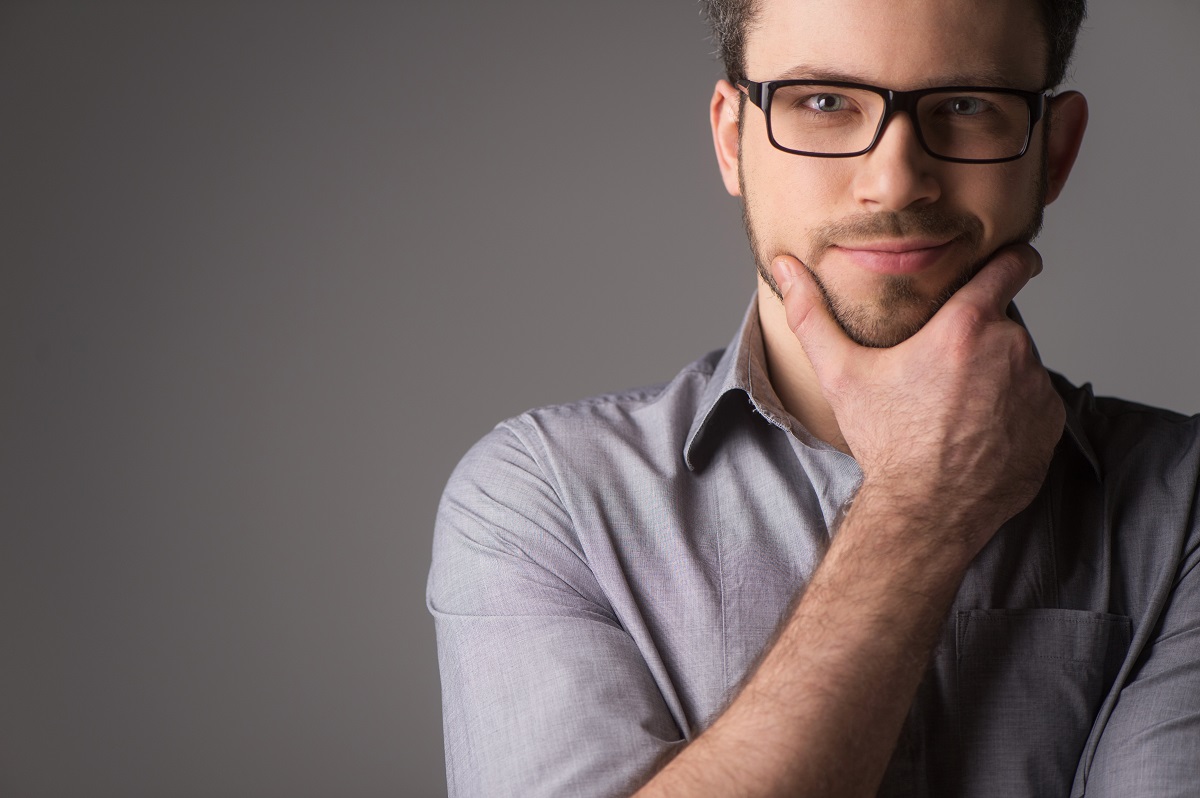Lazy Eye? 3 Ways To Help It Heal
Lazy eye is a condition in which one eye moves and focuses independently of the other. This makes it difficult to see and render accurate depth perception nearly impossible. There are several potential causes for the condition, including nearsightedness in one eye and farsightedness in the other, a drooping eyelid that blocks vision or physical abnormalities of the eye. Fortunately, there are several treatment options available and treatment can begin at any age.
Eye Patch
The simplest solution to lazy eye is to wear an eye patch over the stronger eye. This forces the weak eye and the brain to concentrate on working together to create an image. Think of it as a workout for the eye. When the weak eye becomes strong enough, the eye patch can be removed and both eyes can again learn to work together as equals to produce sharp, clear images. It is important for those using an eye patch to follow their doctor’s instructions as to when to wear the patch and when not to. Wearing the eye patch too often may allow the eyes to essentially forget how to work together.
Corrective Lenses
In instances where lazy eye is caused by nearsightedness or farsightedness, eyeglasses may be an easy solution. Lenses for each eye are made separately, allowing an optometrist to precisely control each eye’s visual acuity. If a problem exists only in one eye, non-prescription lenses can be placed in front of the functional eye, ensuring that vision is only corrected where necessary.
However, eyeglasses offer a safe treatment option for lazy eye that can easily be stopped at any time without lasting effects. Consult with a professional, like those at All About Eyes, to see which option would be best for you.
Surgical Fixes
No matter what treatment plan you choose, it is always wise to consult with an ophthalmologist or other eye care professional first. In some instances, such as muscle weakness or abnormality, surgery is the only option for correcting lazy eye.
In other cases, prescription eye drops have proven effective. An eye doctor can tell you if surgery is a safe option for you or if nonsurgical alternatives may work to correct your vision. Your doctor may also recommend therapeutic eye exercises to correct the problem.
But, it is a common misconception that lazy eye can’t be fixed in teenagers and adults. This has been proven false, however, and that is encouraging news for adults who struggle with a lazy eye. There are many safe and inexpensive treatments available for children and adults of all ages, so don’t hesitate to seek treatment for yourself or your children.

